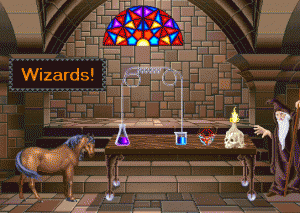
The glittery wonder of Flying Colors, now free 

The art program Flying Colors is now free to download – plus a bonus link to an interview with the artist behind its graphics.

The art program Flying Colors is now free to download – plus a bonus link to an interview with the artist behind its graphics.

A shameless plea for donations for one of my favorite artists.
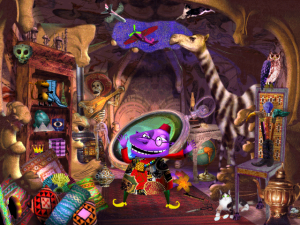
Unlike so many other digital art studios for kids, Imagynasium‘s playfully limited collage world wants to figure out what drives you to the creative process and how to keep you there.
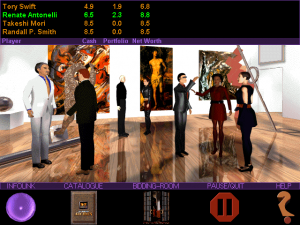
A combination of random events and speculative fiction creates drama in this game’s virtual auction house. Does it matter that we can’t separate the randomness from the intentional storytelling and character? (This article includes a history of the game’s rocky production.)
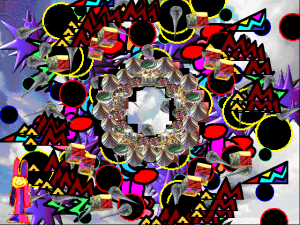
Music Brush creates expressionist art that toys with animation and music, which also makes it a great tool for idle reflection.
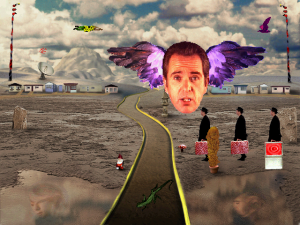
Real World’s multimedia art collage uses its fragmentation to reveal anxieties about relationships and social behavior, an idea that outpaces the parts dedicated to Peter Gabriel’s music.
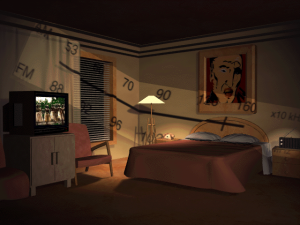
Stark, frightening, silly, muddled, complicated – the multimedia collaboration between performance artist Laurie Anderson and the Voyager Company is a fragmented reflection on the murkiness of the electronic age.

An old CD-ROM review directory serves as a reminder of the cultural significance of multimedia – and why that period is worth reevaluating.
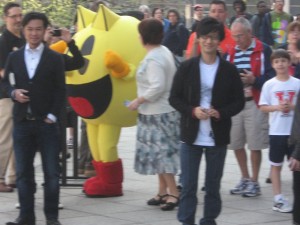
A brief reflection on the Smithsonian’s new exhibit on video games and how their take on the early days of gaming matters to this blog.
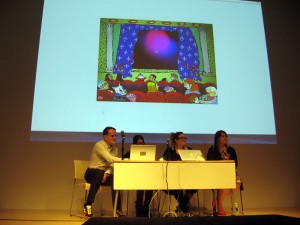
Rhizome’s event celebrating the re-release of Theresa Duncan’s CD-ROM games is a pivotal moment in CD-ROM history – both critically and technically. Luckily, I took notes! Read about the importance of Chop Suey, Smarty, and Zero Zero in feminist gaming history, as well as Rhizome’s groundbreaking work on server-side emulation.